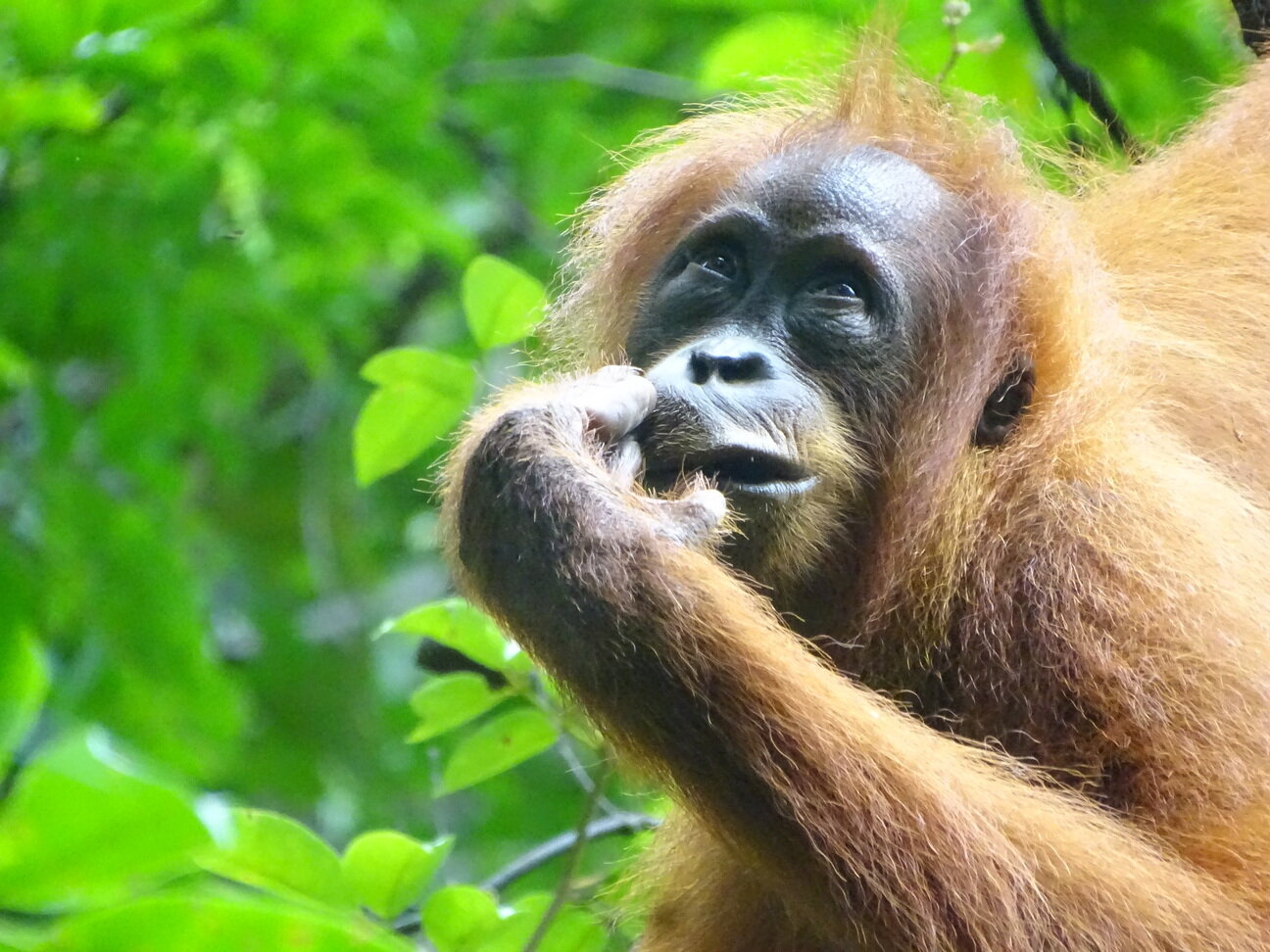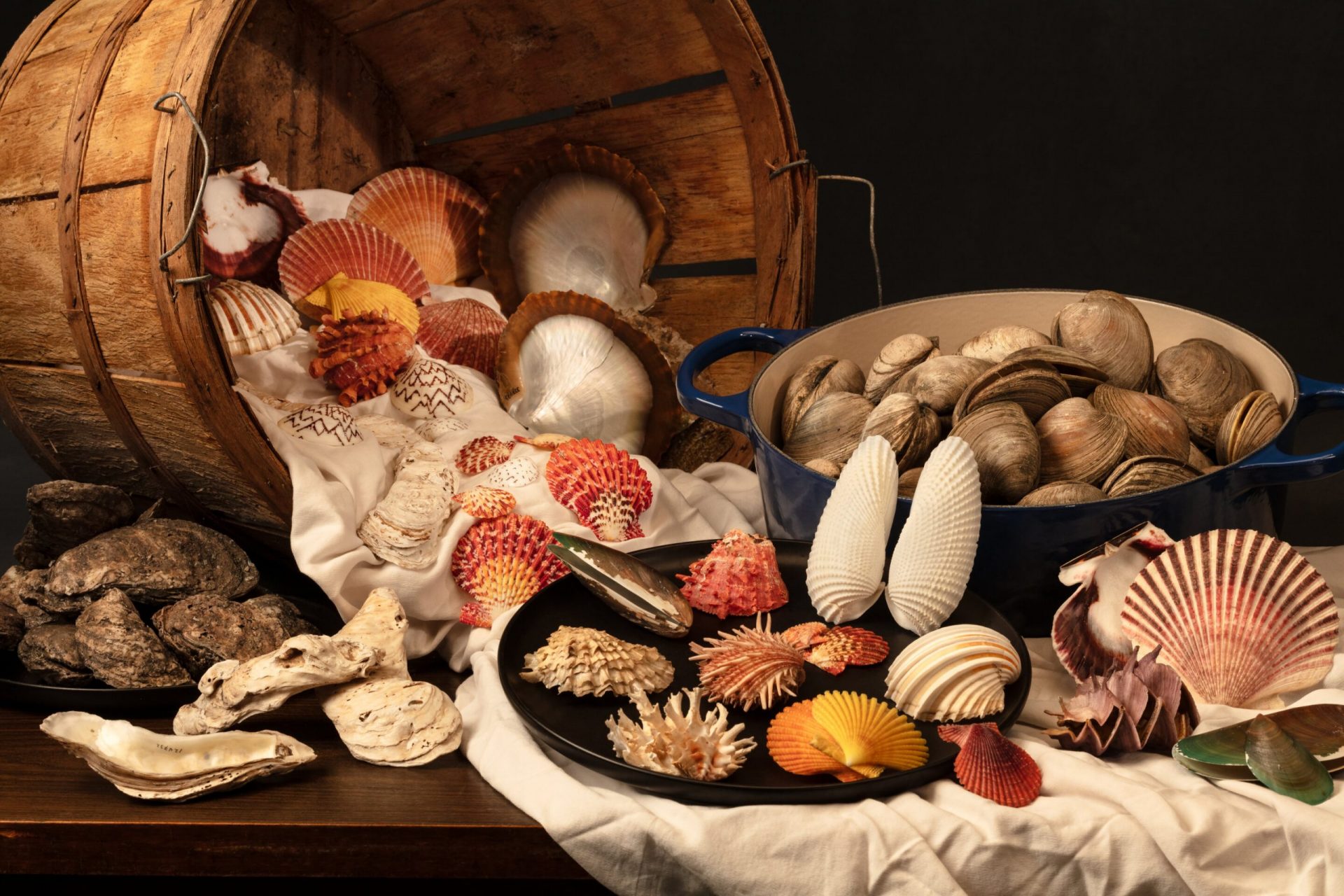Humans are natural explorers. When faced with something new and unfamiliar, we can’t help but dive in and learn more. But what about our closest relatives, the great apes? Surprisingly, little is known about how they respond to novelty in their natural habitats. However, a team from the Max Planck Institute of Animal Behavior has made a breakthrough. They have successfully measured the behavior of wild orangutans in their first encounter with an unfamiliar object.
The experiments took place in an Indonesian rainforest, where the researchers uncovered a fascinating mix of social, environmental, and age factors that influenced the orangutans’ curiosity. The study, published in Scientific Reports, not only sheds light on the behavior of these incredible creatures but also offers insights into the evolution of our own curious nature.
The team conducted their research at a long-term monitoring site in Sumatra, where orangutans have become accustomed to the presence of humans over the years. This provided a rare opportunity to observe wild great apes up close. Caroline Schuppli, the study’s first author, was particularly interested in how these orangutans would react to something unfamiliar.
“Curiosity is what drives humans to learn and innovate,” says Schuppli. “To understand how this trait evolved in us, we need to study it in our closest living relatives.”
Previous studies on great apes’ curiosity have mostly been conducted in captivity, which doesn’t accurately reflect their behavior in the wild. Schuppli and her collaborators attempted to assess curiosity in wild orangutans a decade ago, but the results were disappointing. The orangutans showed little interest in the foreign objects placed in their environment.
Realizing that testing orangutans’ reaction to novelty in nature required a different approach, Schuppli and her team came up with a clever solution. They created a novel foraging situation by placing a piece of tree trunk filled with local forest honey in the orangutans’ habitat. This familiar yet unusual object caught the orangutans’ attention, and the researchers closely observed their behavior.
During the trials, the orangutans spent an average of 30 minutes near the novel log. They carefully observed it and approached it closely, although they rarely touched it directly. Interestingly, when they did touch it, they often used a tool instead of their bare hands.
The team also discovered that certain factors influenced the orangutans’ exploration. Young orangutans were more likely to observe and approach the log compared to adults. Additionally, the presence of another individual heading towards the log increased the likelihood of exploration. The habitat conditions also played a role, with orangutans in areas with abundant food observing more but approaching less.
These findings suggest that orangutans in the wild are not naturally inclined to explore new objects. In their stable habitats, where novelty is rare, the potential risks of approaching the unknown outweigh the potential rewards. However, the study also highlights the flexibility of their behavior and the influence of social factors. Despite being the least social of all great apes, the presence of association partners increased their curiosity.
This research has fascinating implications for understanding learning and innovation. It suggests that our early ancestors may have relied on both novelty and social interactions to fuel their curiosity and drive progress.








